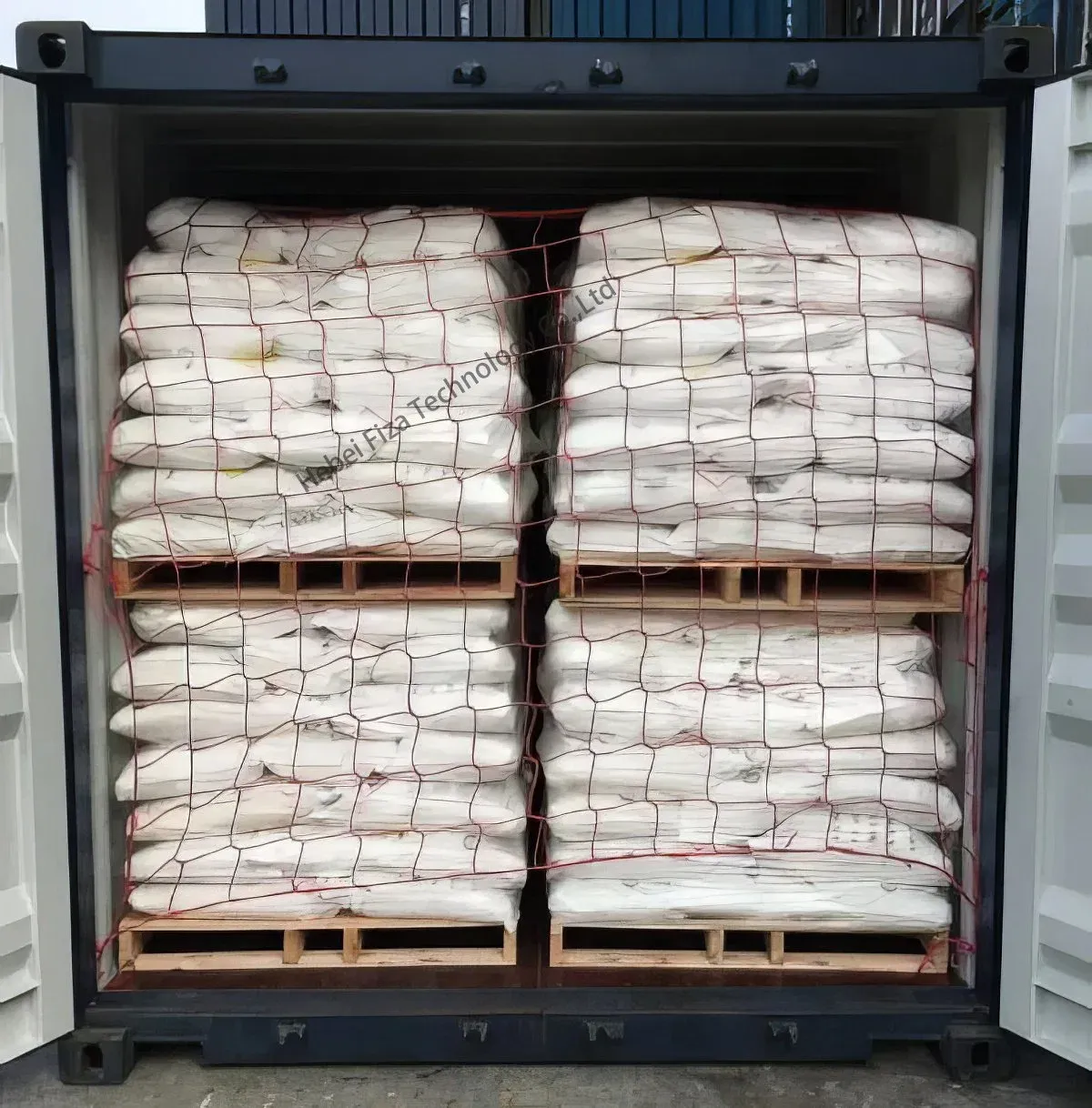



sodium chlorate electrolysis
Electrolysis of Sodium Chlorate An Overview
Electrolysis is a versatile chemical process that has found numerous applications in industries ranging from metal plating to water purification. One significant application of electrolysis is in the production of sodium chlorate (NaClO₃). Sodium chlorate is an important chemical used primarily as a herbicide, in bleaching processes, and in the production of chlorine dioxide. This article delves into the electrolysis of sodium chloride solution to synthesize sodium chlorate, discussing the underlying principles, reactions involved, and practical applications.
Understanding the Process
The electrolysis of sodium chloride (NaCl) in aqueous solution yields several products depending on the conditions and electrodes used. When an electric current is passed through a brine solution (a concentrated NaCl solution), the following reactions occur at the electrodes
1. At the Anode Chlorine gas is produced \[ 2Cl⁻ \rightarrow Cl₂ + 2e⁻ \]
2. At the Cathode Hydrogen gas is produced, along with hydroxide ions \[ 2H₂O + 2e⁻ \rightarrow H₂ + 2OH⁻ \]
Formation of Sodium Chlorate
When specific conditions are met, particularly with high chloride concentrations and controlled voltages, sodium chlorate begins to form in the solution through a series of reactions involving chlorine and hydroxide ions. The intermediate steps leading to the formation of sodium chlorate can be outlined as follows
2. The hypochlorite ion (ClO⁻) can further react under the right conditions to form chlorate ions (ClO₃⁻) \[ 3ClO⁻ + 2H₂O \rightarrow ClO₃⁻ + 2Cl⁻ + 2H⁺ \]
sodium chlorate electrolysis

Finally, the sodium ions from the dissociation of sodium chloride combine with the chlorate ions to form sodium chlorate \[ Na⁺ + ClO₃⁻ \rightarrow NaClO₃ \]
Advantages of Electrolysis for Sodium Chlorate Production
The electrolysis of sodium chloride to produce sodium chlorate offers several advantages. Firstly, it is a relatively simple and efficient method for generating high-purity sodium chlorate. Traditional methods can often involve complex chemical reactions or require catalysts, whereas electrolysis utilizes straightforward electric current to drive the reaction.
Moreover, the process can be optimized by controlling factors such as temperature, concentration, and current density, enabling the efficient production of sodium chlorate. This versatility makes electrolysis an attractive option for manufacturers.
Applications of Sodium Chlorate
Sodium chlorate is primarily used in the production of chlorine dioxide, which is a powerful bleaching agent widely used in the pulp and paper industry. Chlorine dioxide is favored over chlorine gas in many applications due to its superior bleaching capabilities and lower environmental impact. Additionally, sodium chlorate finds applications in agricultural herbicides, helping to control unwanted plant growth.
Despite its utility, safety is a critical consideration in the handling of sodium chlorate. It is an oxidizing agent and can pose risks if not managed correctly. Therefore, industries producing and utilizing sodium chlorate must adhere to strict guidelines to ensure safe handling and environmental protection.
Conclusion
The electrolysis of sodium chloride to produce sodium chlorate exemplifies the application of electrochemical processes in industrial chemistry. This method not only facilitates the production of valuable chemicals like sodium chlorate but also showcases the interconnectedness of chemical reactions within electrolysis. As industries continue to seek methods that are efficient and environmentally friendly, the role of electrolysis in chemical syntheses, including sodium chlorate production, remains increasingly significant. As technology advances, further improvements in efficiency, safety, and sustainability can be anticipated, benefitting both industry and the environment alike.
-
Why Sodium Persulfate Is Everywhere NowNewsJul.07,2025
-
Why Polyacrylamide Is in High DemandNewsJul.07,2025
-
Understanding Paint Chemicals and Their ApplicationsNewsJul.07,2025
-
Smart Use Of Mining ChemicalsNewsJul.07,2025
-
Practical Uses of Potassium MonopersulfateNewsJul.07,2025
-
Agrochemicals In Real FarmingNewsJul.07,2025
-
Sodium Chlorite Hot UsesNewsJul.01,2025










